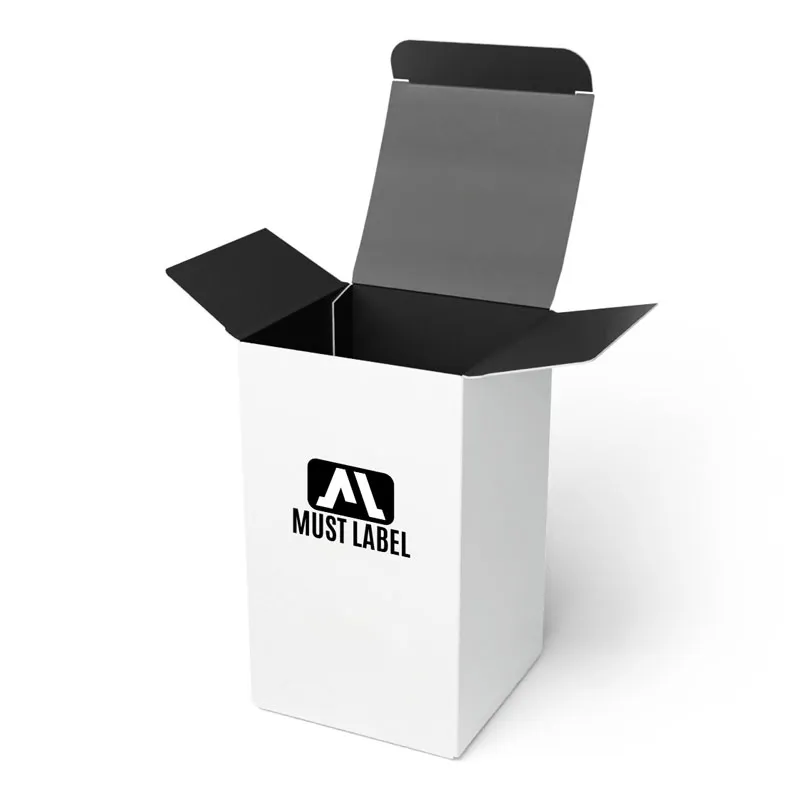- English
- Español
- Português
- русский
- Français
- 日本語
- Deutsch
- tiếng Việt
- Italiano
- Nederlands
- ภาษาไทย
- Polski
- 한국어
- Svenska
- magyar
- Malay
- বাংলা ভাষার
- Dansk
- Suomi
- हिन्दी
- Pilipino
- Türkçe
- Gaeilge
- العربية
- Indonesia
- Norsk
- تمل
- český
- ελληνικά
- український
- Javanese
- فارسی
- தமிழ்
- తెలుగు
- नेपाली
- Burmese
- български
- ລາວ
- Latine
- Қазақша
- Euskal
- Azərbaycan
- Slovenský jazyk
- Македонски
- Lietuvos
- Eesti Keel
- Română
- Slovenski
- मराठी
- Srpski језик
What is the Formula for Box Packaging?
2024-11-23
In the world of packaging, understanding the dimensions and volume of a box is crucial for ensuring that your products are shipped and stored efficiently. Whether you're a small business owner looking to package and ship your goods, or a consumer trying to figure out the best way to store items, knowing the formula for box packaging can be incredibly useful. Let's delve into the details of how to calculate the size of a box.

Understanding the Formula
The formula for calculating the volume of a rectangular box is quite simple. You'll need to measure three key dimensions: the length, width, and height of the box. Once you have these measurements, you can use the following formula to determine the volume:
Volume = Length x Width x Height
This formula gives you the volume of the box in cubic units, such as cubic inches, cubic feet, or cubic centimeters, depending on the units of measurement you used.
Practical Example
Let's say you have a box that you need to package for shipping. You measure the box and find that it is 10 inches long, 5 inches wide, and 4 inches high. To calculate the volume of this box, you would multiply these three measurements together:
Volume = 10 inches (Length) x 5 inches (Width) x 4 inches (Height)
Volume = 200 cubic inches
So, the volume of the box is 200 cubic inches. This information is useful for several reasons. For instance, if you're shipping the box, you'll need to know its volume to ensure that it fits within the shipping dimensions allowed by the carrier. Similarly, if you're storing the box, you'll want to know its volume to ensure that it fits properly in your storage space.
Importance of Accurate Measurements
Accurate measurements are crucial when calculating the volume of a box. If you're even a fraction of an inch off in your measurements, it can lead to significant errors in the calculated volume. This can cause problems if you're relying on the volume to determine shipping costs, storage capacity, or even the fit of the box around the product it's intended to hold.
To ensure accuracy, use a tape measure or ruler that is marked in small increments, such as 1/16th or 1/32nd of an inch. Measure each dimension multiple times to ensure consistency, and round to the nearest whole number or fraction as needed.
Applications of the Formula
The formula for box packaging has a wide range of applications. Here are just a few examples:
Shipping and Logistics: Knowing the volume of a box helps logistics professionals determine the best way to pack and ship goods, as well as estimate shipping costs.
Storage Solutions: In both personal and commercial settings, understanding the volume of boxes helps individuals and businesses optimize their storage space.
Product Design: Manufacturers often use the formula to design packaging that fits their products perfectly, ensuring that they are protected during shipping and storage.
Recycling and Waste Management: Knowing the volume of boxes can help organizations estimate the amount of waste they generate and plan for recycling efforts.

